Happy Poetry Friday, everyone. I haven’t been able to join the party in a while. We have been dealing with some health issues since the summer — including our first experience with Covid.

Now that everyone is on the mend, I’m glad to be back with an author highlight.
Today, I’m featuring a middle grade time travel story — THE BUTTON BOX by Bridget Hodder and Fawzia Gilani-Williams. You know I’m a fan of cross-cultural collaborations and that is what you will find at the heart of THE BUTTON BOX — not only between the authors (Hodder is a Sephardic Jew and Gilani-Williams is Muslim), but between the characters as well.
Here is a description of the story from publisher Kar-Ben:
After Jewish fifth-grader Ava and her Muslim best friend Nadeem are called hateful names at school, Ava’s Granny Buena rummages in her closet and pulls out a glittering crystal button box. It’s packed with buttons that generations of Ava’s Sephardic ancestors have cherished. With the help of Granny’s mysterious cat Sheba, Ava and Nadeem discover that a button from the button box will take them back in time. Suddenly, they are in ancient Morocco, where Nadeem’s ancestor, Prince Abdur Rahman, is running for his life. Can Ava and Nadeem help the prince escape to Spain and fulfill his destiny, creating a legendary Golden Age for Muslims, Jews and Christians?
You can read my review of the book on Goodreads.
Of course, the perfect poem to share with THE BUTTON BOX is “My Mother’s Button Box,” by Michelle Schaub. It’s part of her book, FINDING TREASURE: A COLLECTION OF COLLECTIONS. You’ll can read Michelle’s poem at the bottom of this post.
And now… 5 Questions for Bridget Hodder!
- In The Button Box, a magical button takes cousins Ava and Nadeem back in time to an exciting adventure with their ancestors. Why did you and Fawzia center your story on this particular touchstone object? When I was a child, my mother had a big jar of special buttons I loved. The fine materials used for buttons in the past always fascinated me; real pearls, mother-of-pearl, gemstones, agate, black jet, real silver. I often played with these delightful little objects, imagining the lives of the family members who had worn them. This early fascination made buttons a natural pathway into a time-slip story where children learn in person about their family’s past!
- Cousins have an important presence in middle grade literature. A cousin is more than a friend to a child. The fact that they are family means there will always be a special connection. How did you and Fawzia draw the relationship between Ava and Nadeem? You hit upon a special feature of the book’s construction! Ava and Nadeem began as friends, but we quickly realized this was not going to work for several reasons. Family and the historic interrelatedness of Sephardic Jews and Muslims was an important theme for us as authors of this book, so making the main characters belong to the same family came to feel essential. The fact that Granny Buena is Sephardic, speaking a language that includes Arabic words and with an ancestry going back to Spain under Muslim rule (like me!), made her the perfect grandmother for both a Jewish girl and a Muslim boy. It took us a long time to figure out the background details of this interfaith family, some of which don’t even appear in the book! Things were getting a bit complex, so we ended up simply killing Nadeem’s father off. (Sorry, Nadeem.)
- Ava and Nadeem’s time in medieval Morocco feels so realistic. What was your research process like to recreate the street market with all of its sensory detail? I’m so glad you think it worked! We did a lot of research on the historical aspect. I even found centuries-old maps of Sabtah (Ceuta) that allowed me to figure out the town, the docks, and where the river would be in relation to the hilly region behind it, where we placed the Jewish Quarter. For realistic touches in the marketplace, we drew on our own experiences. Fawzia is familiar with Middle Eastern markets, and I studied ancient and modern indigenous Mexican and Central American markets when I was a graduate student in Guatemala and Mexico. When you’ve actually experienced the heat, colors, scents and sounds of these bustling places, you can make them come alive more fully in the pages of a story.
- In a craft lecture, fantasy author Fran Wilde said, “Portal narratives are problem solving gateways that expand on new experiences. They represent a threshold to a space where young characters can solve small problems” and build skills to deal with or comprehend something that’s beyond their control. What larger problem, beyond the control of Ava and Nadeem, forms the subtext of The Button Box? What an insightful quotation from Fran Wilde! Fawzia and I conceived the notion that, in a series of Button Box books, Ava and Nadeem would confront the fact that our problems on Earth are cyclical, and in some ways may never be completely solved– like the existence of hate and conflict. However, we also convey that relatively small actions by individuals can make a huge difference in the severity and spread of suffering, and the positive effects of those actions ripple outwards through place and time. Hence, the hate speech and harrassment Nadeem and Ava endure in the present isn’t outright solved by their experiences in the past; but by actively standing up for what’s right in their time-slip adventure, they learn that behaving with courage and integrity is always the right way to handle such situations…wherever and whenever they encounter them.
- This novel is a collaboration between you and Fawzia Gilani-Williams. Working with a co-author can be such a rewarding experience. What did the two of you learn from each other while working on this book? The fact that Fawzia lives most of the time in the United Arab Emirates while I’m located in Massachusetts, demanded a level of time management from both of us that was quite a challenge. We could email and share Google documents, of course, but co-authors need to speak and wrestle through scenes together. The time difference alone is an obstacle to that kind of communication– 9 hours is tough to schedule. It meant that sometimes I would talk over pages with Fawzia on the phone while she walked through the halls of her school before classes began, so I’d hear her occasional exchanges in Arabic with staff and teachers! So lovely. We also learned that in a co-authorship, closing circles of communication and re-learning to hit the “reply all” button is key to making sure the editors, illustrator and authors are all moving in the same direction!
My Mother’s Button Box
By Michelle Schaub
From FINDING TREASURE: A COLLECTION OF COLLECTIONS
Shiny ones
of shell and glass
Pearly circles,
swirls of brass.
Anchors snipped
from navy coats.
Plastic hearts,
wooden boats.
Daisies, paisleys,
bugs, and bows.
Bunnies saved
from baby clothes.
A potpourri
of shapes and hues.
My favorite one?
Too hard to choose!
Shared with permission of the author.
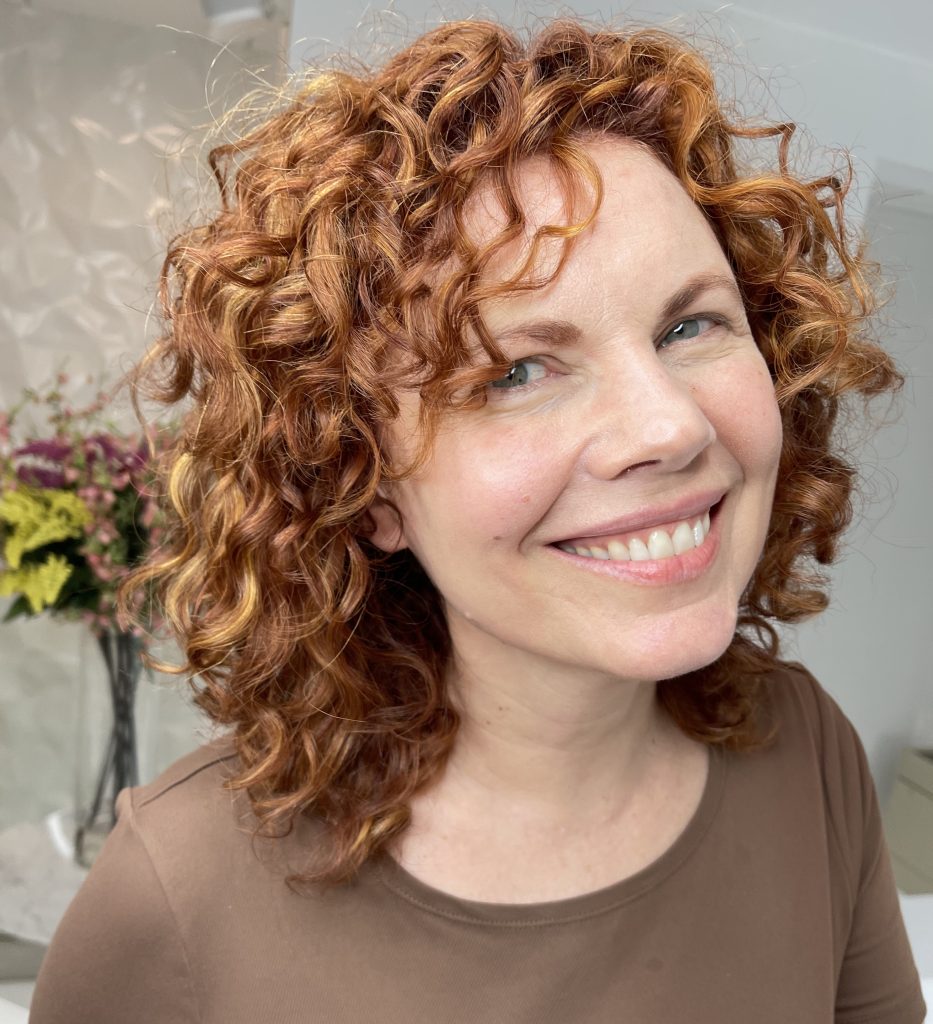
Bridget Hodder is the Sephardic Jewish author of the Middle Grade fairytale THE RAT PRINCE (Macmillan/FSG), and co-author of the Kirkus-starred interfaith MG fantasy THE BUTTON BOX, with Fawzia Gilani (Lerner Books/Kar-Ben). Her first picture book, THE PROMISE, coming in 2023, is also co-authored with Fawzia Gilani. THE PROMISE features Muslim and Jewish protagonists in a quiet exploration of enduring interfaith friendship.
Bridget’s books have received awards and recognition from Kirkus, the Harold Grinspoon Foundation, the International Literacy Association, the Mythopoeic Society, Book Riot, Amazon, Barnes & Noble and other organizations. She is currently Chair of the Vanderbilt University Graduate School Advisory Board and co-administrator of the 5000+ strong Facebook community, “Our Sephardic Family.”
Bridget also shared a wonderful button poem by Robert Peake, which was made into a charming, award-winning short film.
Buttons by Robert Peake
Buttons themselves are a kind of love token,
they fasten your coat to keep out the damp,
and love is each stitch sewn tight and unbroken
sticking them down like a well-licked stamp.
Buttons make eyes for your stuffed toys to see,
which bulge when you squeeze them right up
but love holds them on through the teddybear tea
or they’d fall with a splash–in your cup!



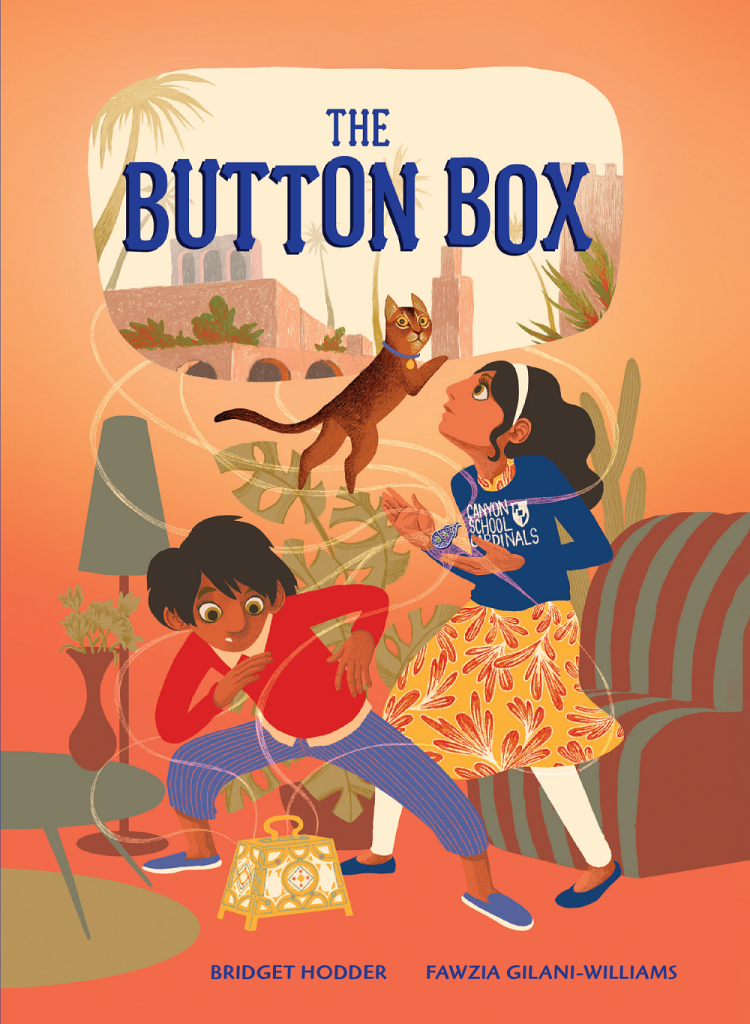
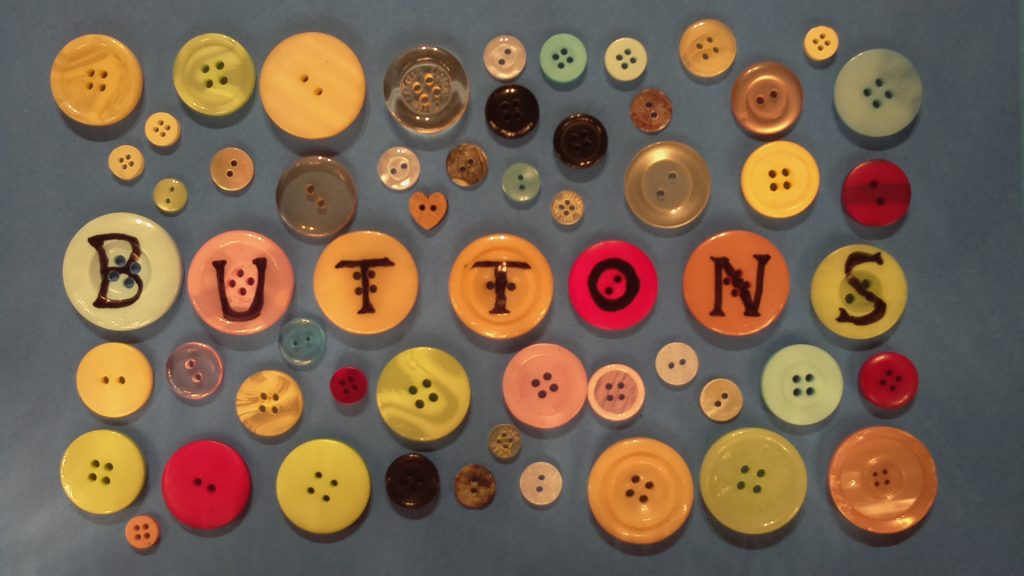
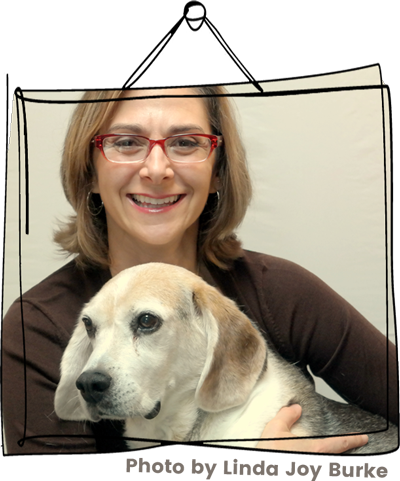
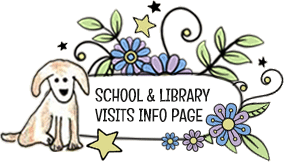
Wow–this sounds like such a cool story. Love the idea of the button box as portal to the characters’ shared past. And I am a button box fan (my mother’s button box sits in my closet, and sifting through it is definitely a time-traveling experience.)
Hi, Buffy. I love it too. The button collector in our family is my uncle’s wife.
This sounds fascinating, and I look forward to reading. Button boxes from my husband’s mom and from my own are stashed accessibly in our closet, and provide objects of enjoyment and memory.
Hi, Carol. It’s lovely to hear from people who treasure their family’s button boxes, as you do!
This post is EVERYTHING! I love the idea of this cross-cultural time-traveling duo. Jack and Annie do good work introducing young readers to different places and times, but always through a white suburban lens. And BUTTONS! What the perfect magical portal key…because they ARE! I have a small box of buttons from my mom’s massive collection (note to former self — save them ALL!! You’ll never regret it!!) and I keep buying more because I can’t resist them. They poem you chose pairs perfectly with the book, and the poem/film is charming! Thanks for all this goodness!!
That’s such a good point about Magic Treehouse, Mary Lee. Glad you enjoyed the post!
Gosh–there is a LOT to unpack here. And I have to admit, I could not care less about buttons. I’ve got no experience with cherishing or collecting them or having vintage ones or old family ones…and yet the idea for this book, your post, and Michelle’s poem–I’m now looking at buttons in a new way. Thanks, Laura, and all! PS Glad you’re all on the mend <3
Thanks, Laura! Buttons do tell little stories — about garments, people, history. <3 back at ya!
This sounds like a great hybrid approach to taking and defending perspectives–and I’m a sucker for a very concrete container to keep it in! I’m partial to this Button Box book for young ones; how nice that they can work their way up to more complex themes of sorting! Thanks for the intro, Laura! https://www.goodreads.com/book/show/895605.The_Button_Box
Thanks, Heidi. Right, the button box is a “point of entry” — a familiar jumping off point into the story’s adventure.
Sounds like a fascinating story/journey and it’s always interesting to hear the story behind the story, how the buttons became the “time slip” passage. Thanks for sharing all here Laura!